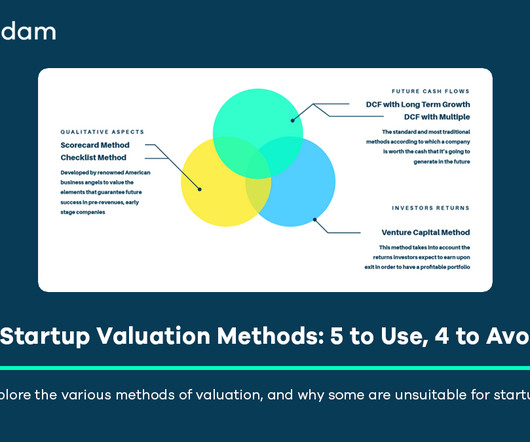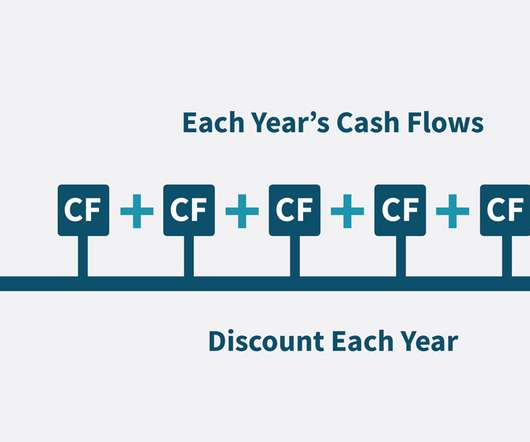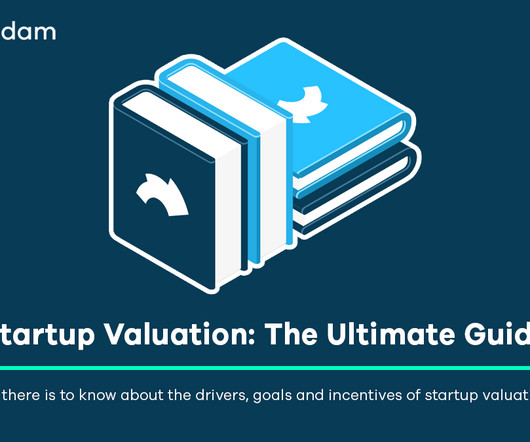9 Startup Valuation Methods: 5 to Use, 4 to Avoid
Equidam
APRIL 26, 2025
a 409A valuation in the US), planning exit strategies, and informing overall business planning. Projections for revenue, market share, and profitability are inherently speculative for young companies, often representing ambitious targets rather than reliable forecasts. Beta measures the volatility of the company relative to the market.












Let's personalize your content